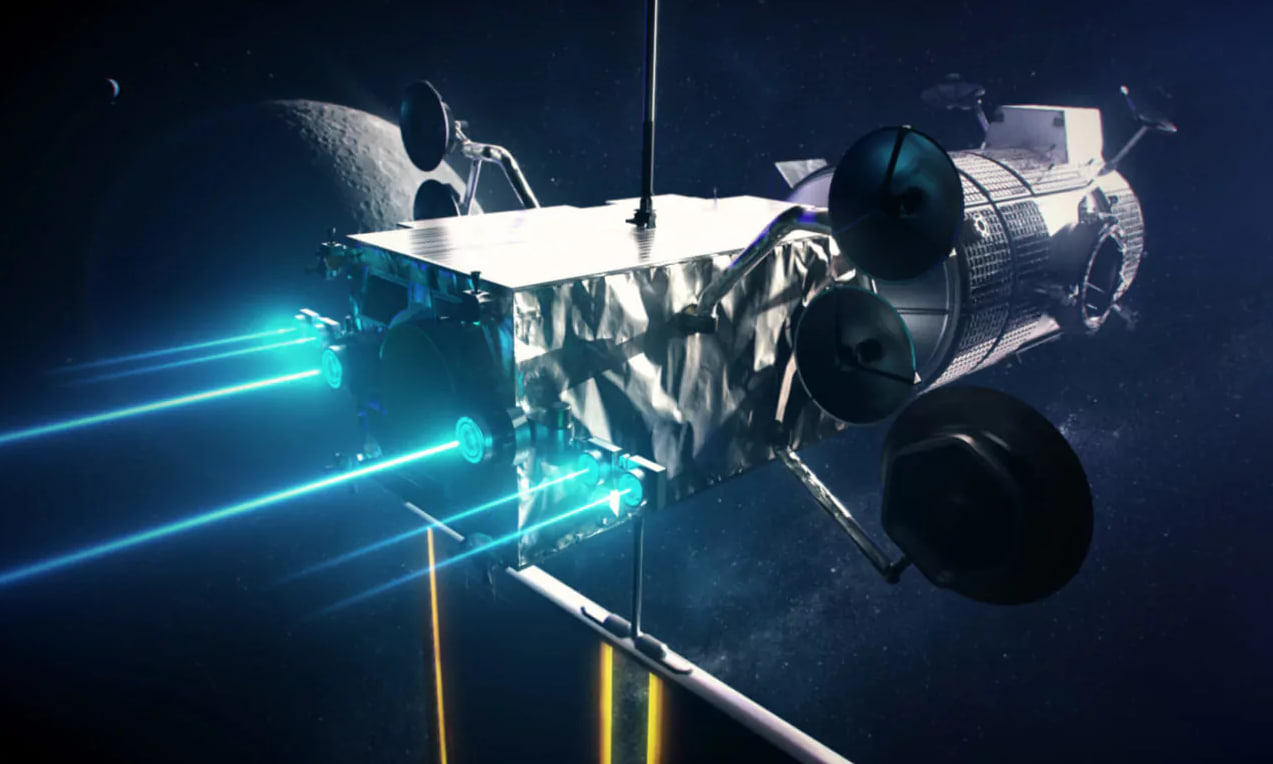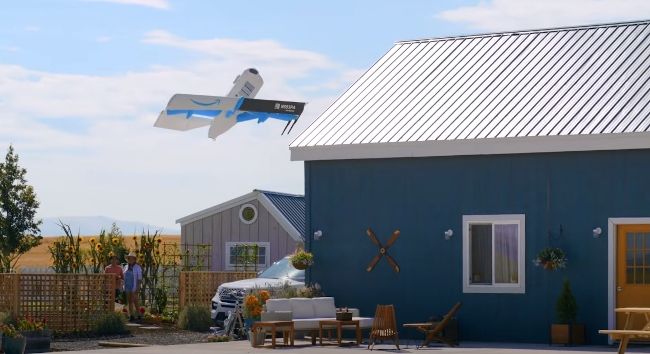NASA has achieved a major milestone on the path to electric propulsion in space, testing a record-breaking 12-kilowatt Hall thruster that will propel an upcoming lunar outpost. The successful demonstration proves this efficient plasma rocket technology is ready to launch humans deeper into space than ever before.
Operated at NASA Glenn Research Center, the Hall thruster ion engine generated enough thrust to power the planned Lunar Gateway station over extended missions. Three identical systems will keep the Gateway poised in orbit and handle maneuvering.
Hall thrusters provide much higher fuel efficiency than chemical rockets, using electricity and inert gas instead of combustible propellant. While low-thrust, running continuously build tremendous velocity ideal for space travel. And instead of expendable fuel, they’re powered sustainably using solar arrays.
The blue plasma beam emitted by the thruster during the test is a stream of energized ionized atoms that create a gentle but constant push. Precision electric fields accelerate the ions as they’re magnetically channeled for maximum efficiency at up to 90%.
Too feeble alone for launching from Earth, this advanced electric propulsion shines keeping spacecraft smoothly in position. The tested 12-kilowatt system is the most powerful yet, evolving the technology to handle massive interplanetary missions.
Easy to throttle, Hall thrusters excel at gentle course corrections over decades, enabling ambitious exploration. Their minimal weight and fuel savings leave room for more science gear while minimizing launch costs. Solar electric systems also bring sustainable space transportation closer to reality.
By adopting record-setting ion propulsion for the Lunar Gateway, NASA takes a key step establishing the infrastructure and technologies needed for journeying across the solar system. Private space efforts will also ride this wave as electric propulsion powers the future of space travel.


















